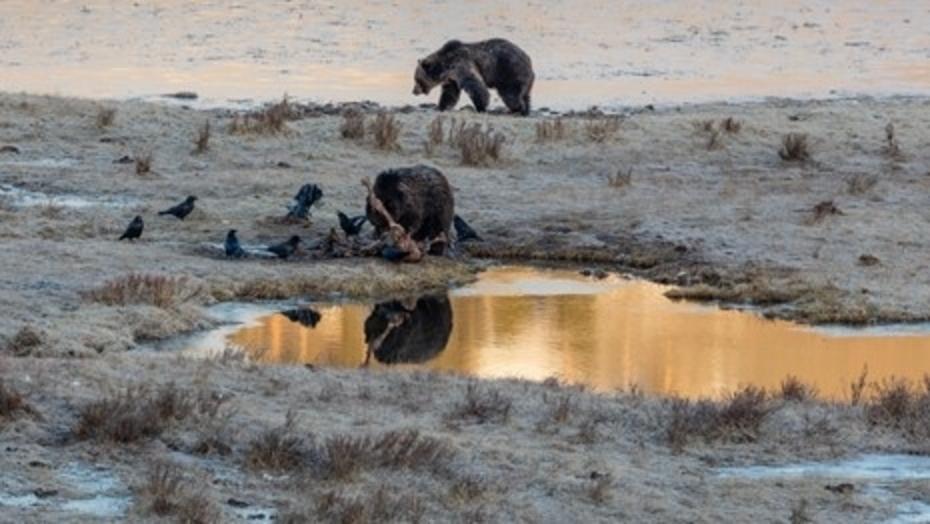As prominent conservation biologists say, ecosystems that are capable of sustaining grizzly bears in the American West are both exceedingly rare and special. For landscapes that give grizzlies enough room to roam are also conducive to being homelands for hundreds of other species. In fact, one of the modern catalysts for advancing ecosystem thinking in the 1980s was owed to rescuing the grizzly population from possible extirpation. Many thought they would never again inhabit Jackson Hole and Grand Teton National Park but today they are major attractions for wildlife watchers who come from around the world. Photo courtesy Jim Peaco/NPS

